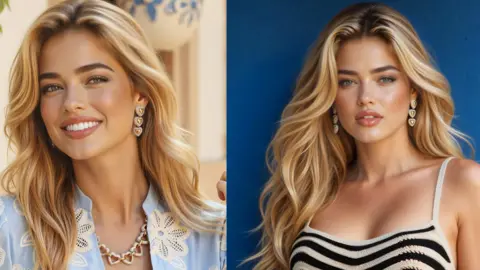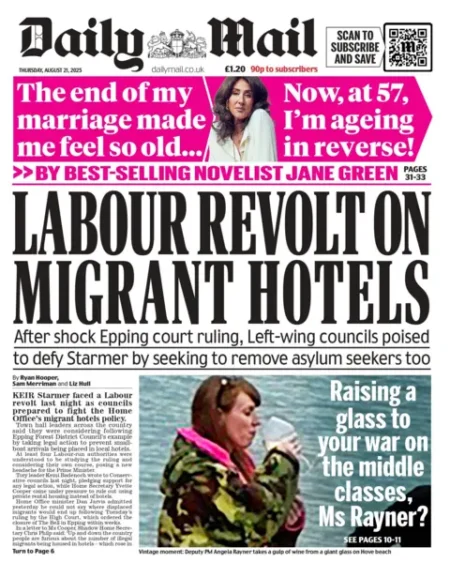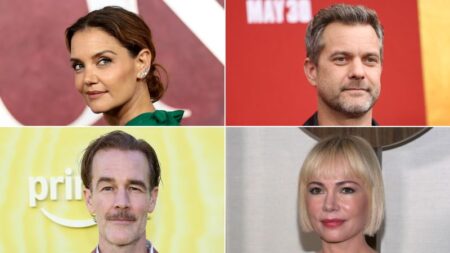The emergence of AI-generated models has stirred a significant debate within the fashion industry, particularly illustrated by a recent advertisement in Vogue featuring a model created through artificial intelligence. This advertisement, promoting clothing from Guess, showcases a striking and flawless blonde model, presenting a pristine image that has captivated many but also sparked concern and controversy regarding beauty standards. The advertisement discreetly notes that the model is an AI creation, specifically mentioning “Seraphinne Vallora,” a company specializing in generating virtual models.
In an era where real models have fought tirelessly for diversity and representation within the industry, the inclusion of AI-generated figures raises pressing questions. Critics argue that this new trend could lead to the reinforcement of unrealistic beauty standards at a time when consumers, particularly vulnerable young individuals, are already grappling with body image issues influenced by conventional media. The fact that Vogue, a pivotal and esteemed publication in the fashion world, has featured such an advertisement signals a shift that many view as harmful.
Created by the founders of Seraphinne Vallora, Valentina Gonzalez and Andreea Petrescu, the AI model was developed after being commissioned by Paul Marciano, co-founder of Guess. While they assert that the technology allows for the creation of “realistic” models, notable figures in the fashion industry have expressed their discontent. Felicity Hayward, a prominent plus-size model, expressed that the use of AI in fashion advertisements feels “lazy and cheap,” suggesting that it undermines the hard work that has been put into promoting diversity and inclusivity in recent years.
The worry extends beyond just the models in the industry; the implications of AI usage could severely affect consumers’ mental health. Vanessa Longley, CEO of an eating disorder charity, voiced concerns that consistent exposure to such unrealistic images could exacerbate poor body image and lead to serious consequences, including eating disorders. This is significantly problematic given the psychological impact that visual representations of beauty can have on individuals.
Additionally, the lack of transparency surrounding AI-generated content poses an ethical dilemma. In the UK, there is currently no legal requirement to prominently label AI-generated images, which means that consumers may easily misinterpret AI models as real individuals. Sinead Bovell, a former model and current tech entrepreneur, echoed the sentiment that the subtle disclaimers may not be sufficient to inform viewers, causing a distorted perception of beauty standards.
Seraphinne Vallora maintains that their technology is designed to supplement the modeling industry rather than replace human models. The founders argue that AI offers companies a new avenue for marketing without completely displacing the integral roles models, photographers, and makeup artists play in creating fashion content. However, their website touts the advantages of utilizing AI, including cost savings from bypassing traditional production methods, which raises concerns about job security for those in the industry.
As this conversation continues, it becomes clear that the use of AI models in advertising compels a reassessment of the values and standards upheld in the fashion industry. Future strategies need to address the potential overshadowing of real diversity in the quest for aesthetic perfection. With technology advancing, the landscape of modeling will likely evolve, but whether this evolution embraces inclusivity or continues to perpetuate harmful standards remains uncertain.
Ultimately, critics and advocates recognize that while AI can bring creators new tools and possibilities, the essential human element—the unique qualities and experiences that real models contribute—should not be overlooked. The introduction of artificial models to celebrated platforms like Vogue serves as a critical juncture, prompting discussions that emphasize the need to safeguard authenticity while embracing technology’s potential. The fashion world now stands at a crossroads, grappling with the implications of AI technology and its impact on both the industry and consumer perceptions of beauty.












